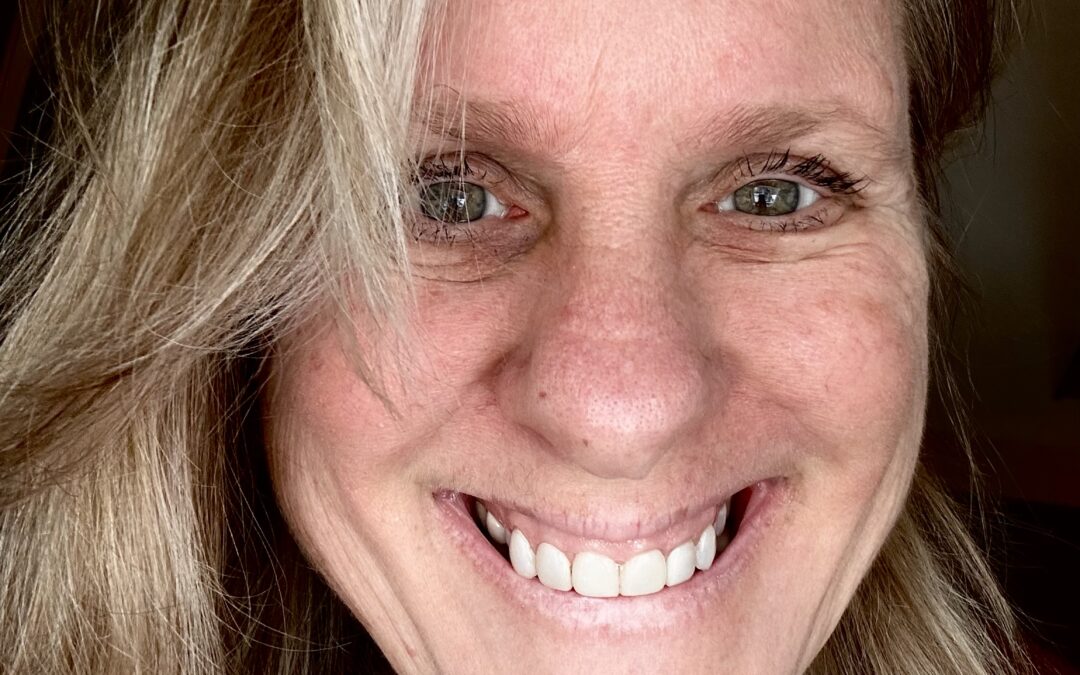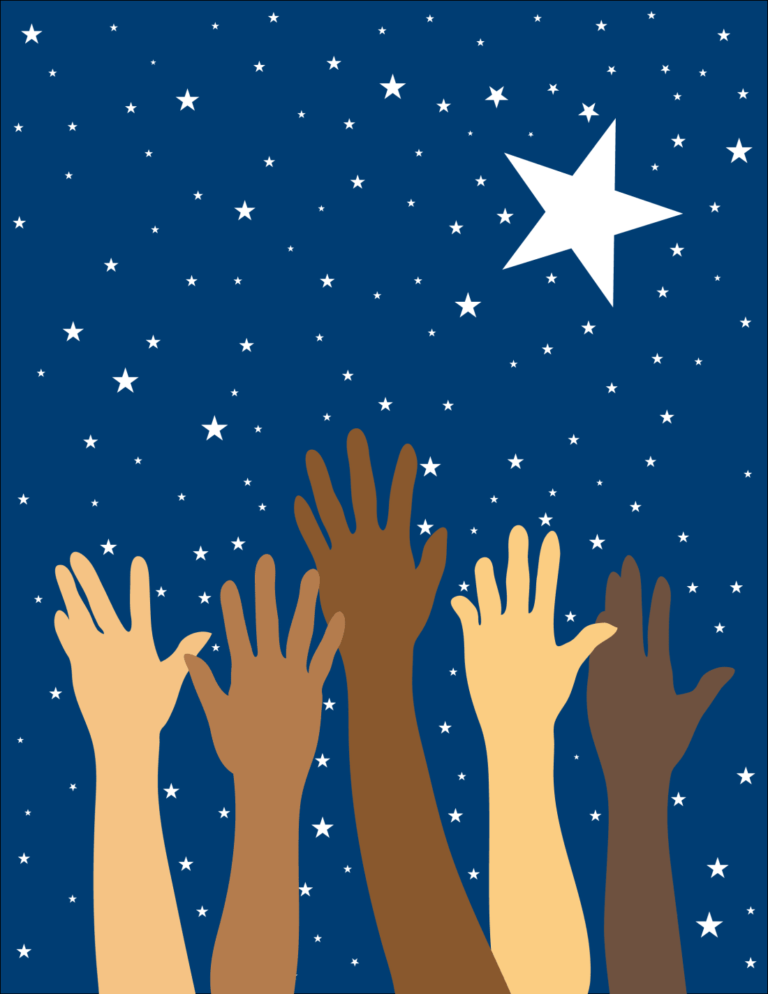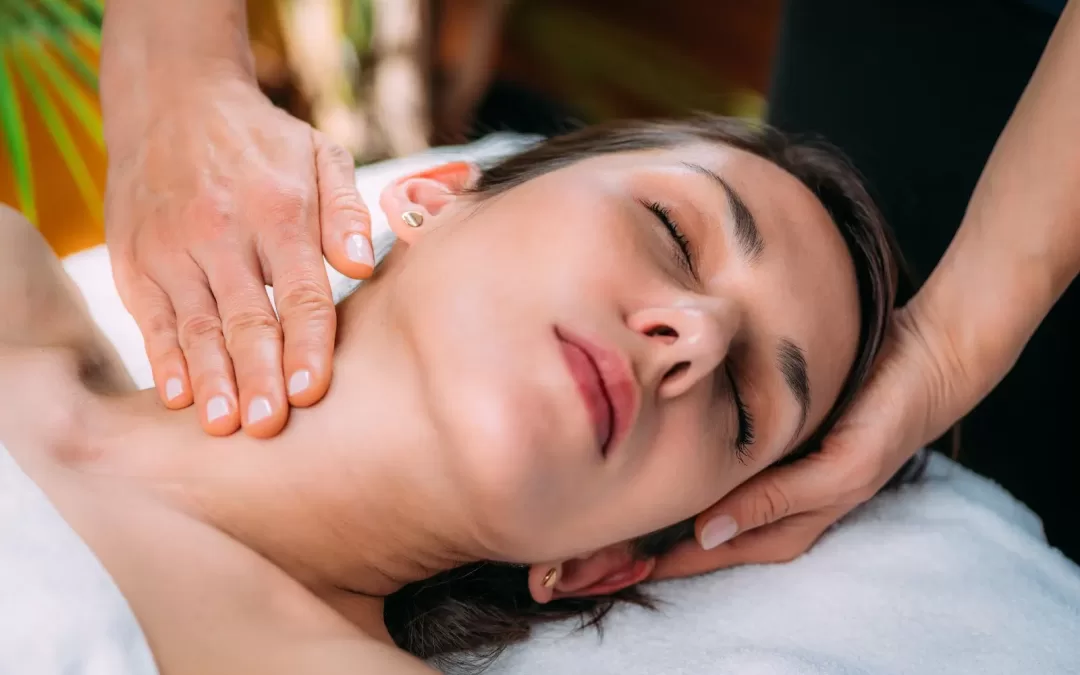
Craniosacral Columbus
Craniosacral Columbus
During the last 20 years, I have thrown myself into Craniosacral Columbus work. Why? Because I have seen so many positive results for my clients without having to dig in. I don’t have to create pain for the gentle release of pain to happen. It’s much easier for my clients.
For many years, I focused on deep connective tissue work. I thought that by leaning my body weight in that I could get great results. Often I did. But that type of work can be quite uncomfortable. So, I decided to go for the more light touch work that worked with the body rather than pushing through, to see if I could get as impressive results for pain relief and integration. I do!
When a Craniosacral Therapist listens, your body tells us where there are restrictions throught the rhytym of the functioning of the cerebral spinal fluid, and also the fascia. This “inner guidance” directs us where to go and how to support the Central Nervous (Brain & Spine Connection) system to function at its best.
The more I practiced Craniosacral Columbus therapy, I began to see my clients go deeper inside, releasing tensions and often stuck emotions. Their bodies relaxed. Their stressed disappeared. Many times, I have had clients falls deep into sleep after not being able to sleep for weeks. The fascia began to melt so easily, excess energy released, and people woke up with no pain, feeling clearer and happier.
This was an easy decision. If I could help clients… people in pain from car accidents, those dealing with concussions, and neck and back pain, those with high anxiety- the picture was clear. I found my way to serve.
If you would like to find out more about Craniosacral Columbus therapy work, contact Sharon Hartnett CST-D for information. She is an accomplished Certified Diplomate CST therapist who has reached the highest certification through the Upledger Institute. She has close to 30 years of experience in bodywork, massage, Hakomi and other healing techniques.
Craniosacral Columbus
Located in Johnstown, right outside of New Albany on a beautiful horse farm. On Fridays, bringing Craniosacral Therapy at its highest level to Worthington, Ohio!
If you haven’t found stress relief or for your body pains, please call for a free 15 minute consultation at 703 509-1792! Looking forward to meeting and serving.
Warmly, Sharon Hartnett CST-D
703 509-1792
www.craniosacralatherapistcolumbus.com
#craniosacral therapy





